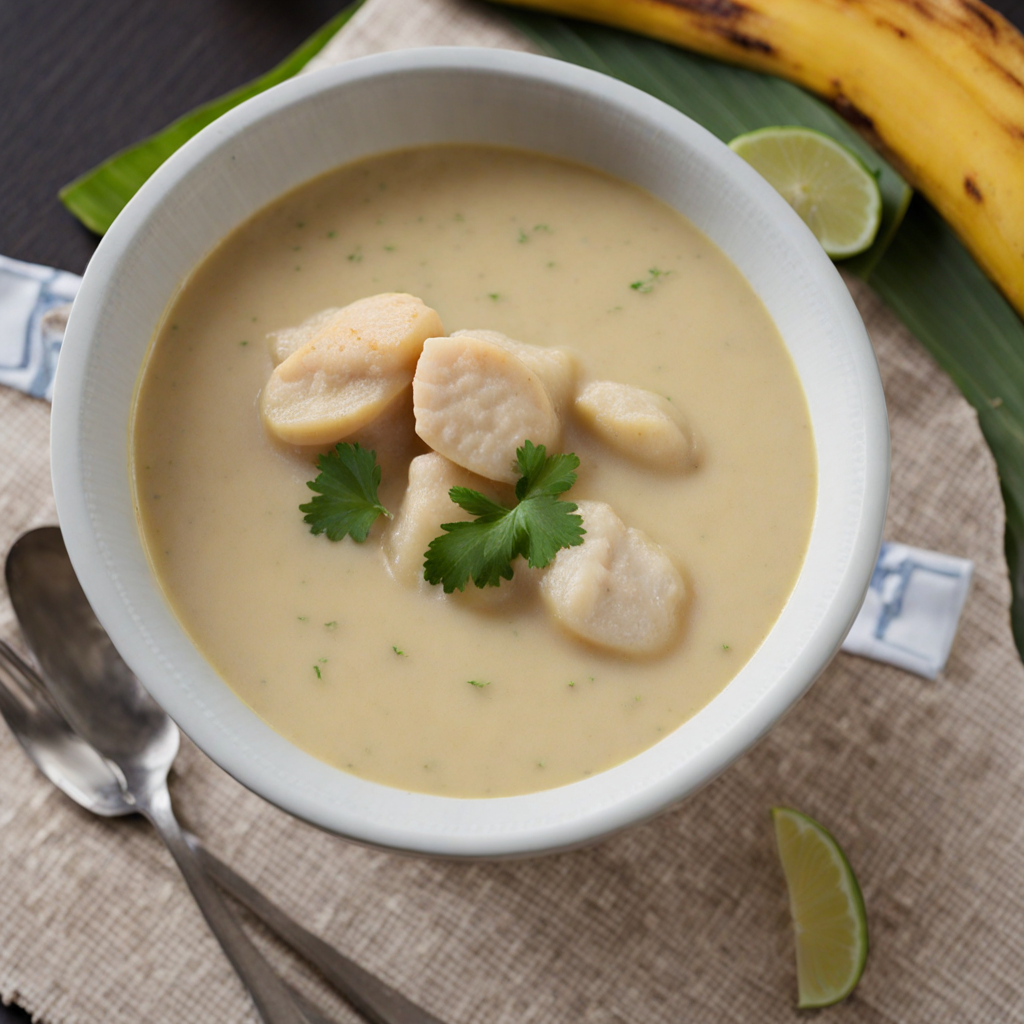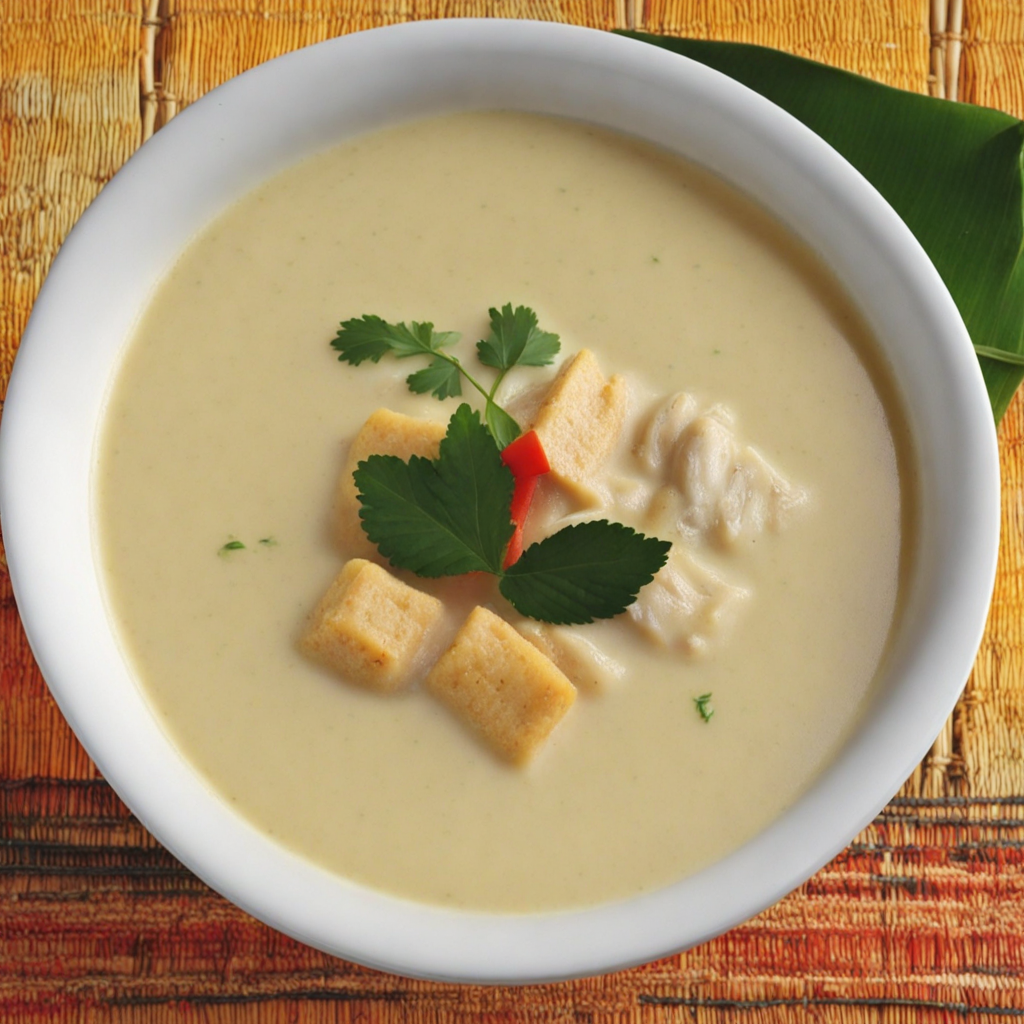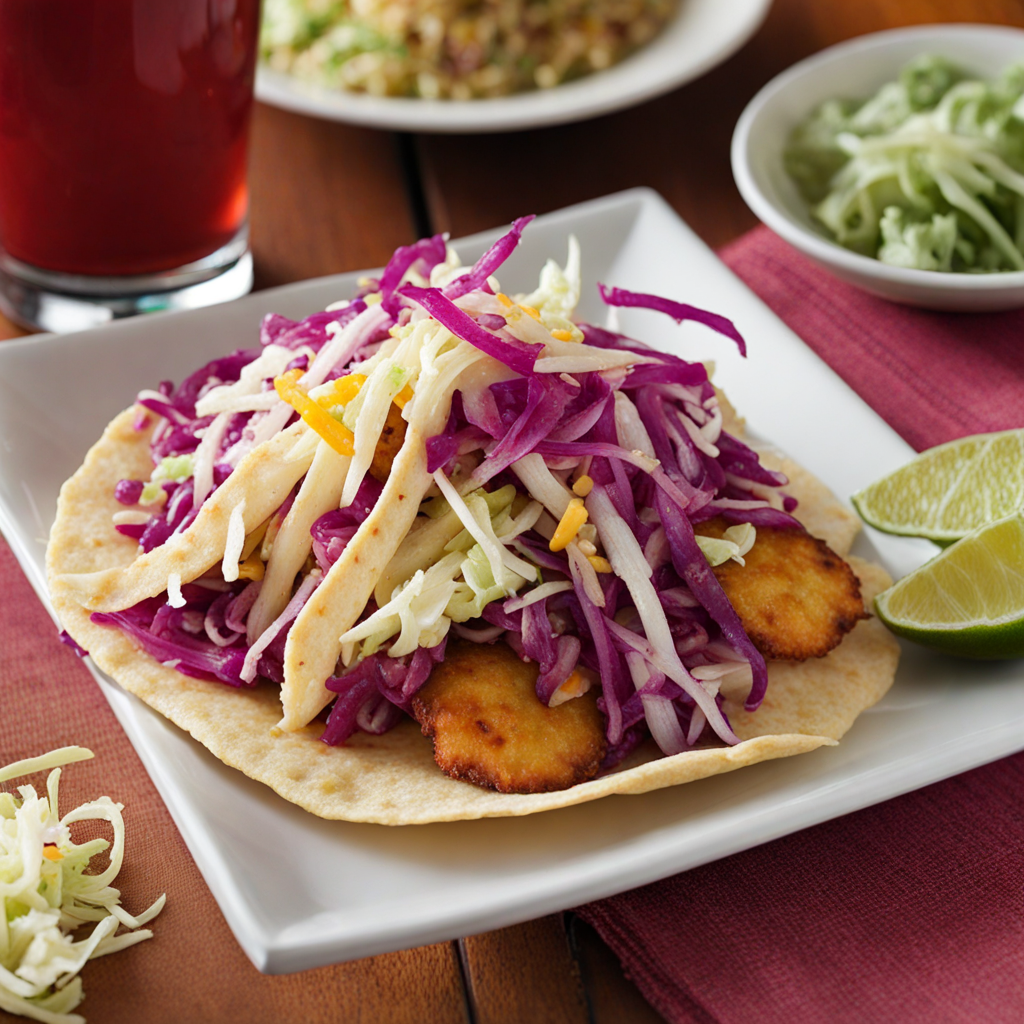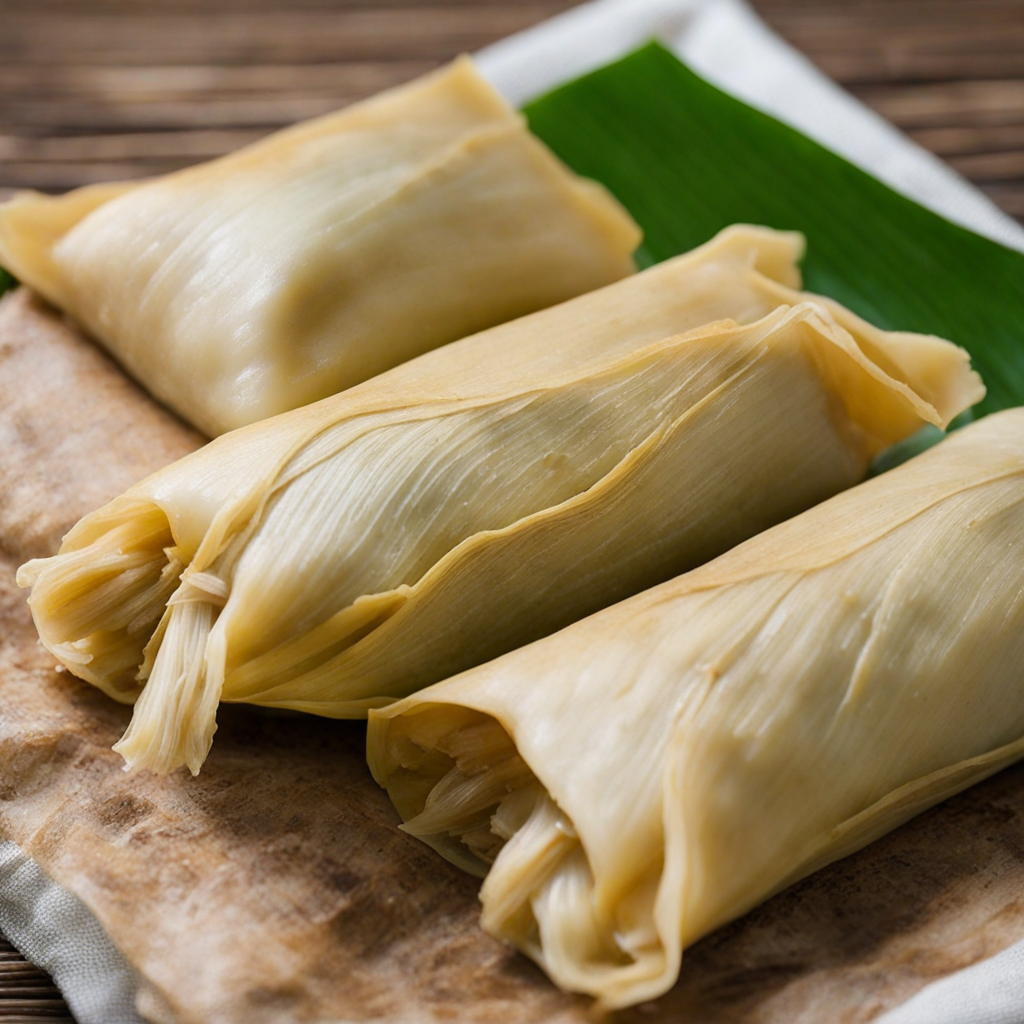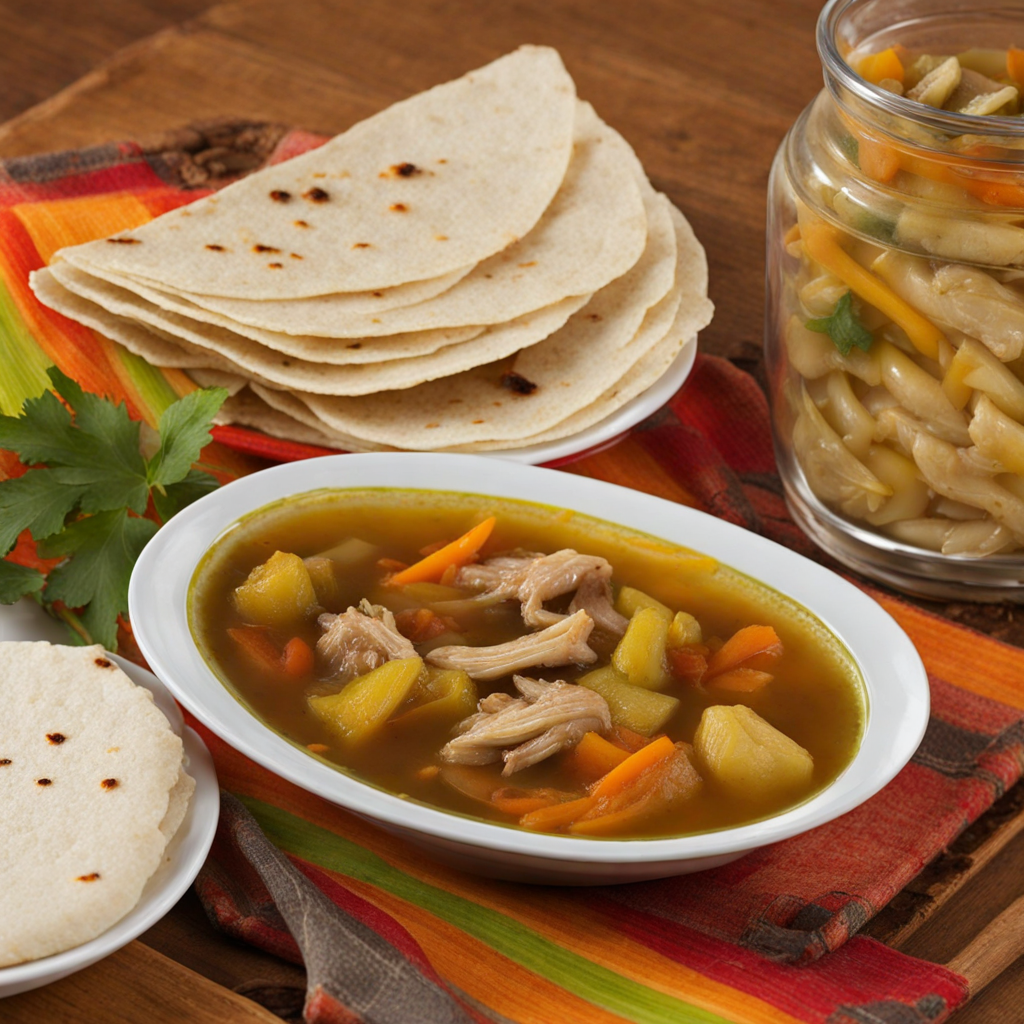Sere
Sere is a traditional Belizean dish that showcases the rich flavors and cultural heritage of the region. This delectable seafood stew is primarily made with fresh fish, often incorporating snapper or grouper, which are abundant in Belize's coastal waters. The fish is simmered in a fragrant broth enriched with coconut milk, a staple ingredient in many Belizean recipes. The combination of the ocean's bounty and the creamy, slightly sweet coconut milk creates a harmonious balance that captivates the palate. What sets Sere apart is its vibrant use of local spices and vegetables. Aromatic seasonings such as garlic, onion, and bell peppers meld beautifully with the fish, while herbs like cilantro and lime add a zesty freshness. Some variations of Sere may include additional ingredients like plantains, carrots, or other seasonal vegetables, lending a unique twist to each bowl. The dish is not only a feast for the taste buds but also a visual delight, with its colorful presentation reflecting the diverse landscape of Belize. Sere is often served with a side of rice or corn tortillas, which perfectly complement the stew and help soak up the rich, flavorful broth. This beloved dish is commonly enjoyed during family gatherings and special occasions, embodying the warmth and hospitality of Belizean culture. Whether you're a seafood enthusiast or simply looking to explore new culinary horizons, Sere offers a delightful taste of Belize that promises to leave a lasting impression.
How It Became This Dish
The History of Sere: Belize's Culinary Gem #### Origins Sere is a traditional dish from Belize that serves as a vibrant reflection of the country's rich cultural tapestry. This dish, primarily made from fish, represents the fusion of the various culinary influences that have shaped Belizean cuisine. The name "sere" is derived from the Garifuna term "sere," which means "to boil." This is fitting, as the dish typically involves boiling fish in a savory broth along with a mix of vegetables and spices. The origins of sere can be traced back to the indigenous communities of Belize, particularly the Garifuna people, who are descendants of the Carib, Arawak, and African peoples. The Garifuna culture is renowned for its strong ties to the sea, and fishing has always been a vital source of sustenance. The fish used in sere can vary, but common choices include snapper, grouper, or any other local catches, reflecting the community's reliance on the bountiful waters surrounding the country. #### Cultural Significance Sere is more than just a dish; it is a cultural symbol that embodies the spirit of Belize's diverse population. As a melting pot of cultures—including the Maya, Mestizo, Creole, Garifuna, and others—Belize has a unique culinary landscape where each group contributes its flavors and techniques. Sere showcases the Garifuna's connection to their heritage, highlighting their understanding of local ingredients and culinary practices passed down through generations. The preparation of sere often becomes a communal activity, bringing families and friends together. Traditionally, it is served during communal feasts and celebrations, reinforcing social bonds and cultural identity. The dish is also commonly enjoyed during festive occasions such as Garifuna Settlement Day, which commemorates the arrival of the Garifuna people in Belize. During this day, the preparation and sharing of sere serve as a reminder of resilience and cultural pride. #### Development Over Time As Belize has evolved, so too has the art of making sere. While the foundational ingredients and cooking methods have remained largely consistent, the dish has adapted to incorporate modern culinary influences and innovations. In the past, the ingredients for sere were sourced locally, with families relying on their fishing skills and the seasonal bounty of the ocean. Today, while many still fish for their ingredients, a more commercialized approach has emerged, with fish markets and grocery stores providing access to a wider array of seafood. The evolution of sere is also evident in its preparation methods. Traditionally, the dish would be cooked over an open flame or in a traditional wood-fired stove, infusing the broth with a distinct smoky flavor. Modern kitchens have introduced gas and electric stoves, which can alter the cooking process, but many chefs still strive to preserve the authenticity of the dish. Additionally, the use of fresh, local herbs and spices remains essential, with ingredients like cilantro, thyme, and hot peppers playing a crucial role in defining the flavor profile of sere. Moreover, the globalization of food culture has led to a greater appreciation for Belizean cuisine, and dishes like sere have gained international recognition. Food festivals, culinary tours, and online platforms have helped to showcase this traditional dish beyond Belize's borders. Chefs and food enthusiasts are increasingly experimenting with variations of sere, incorporating elements from other cuisines while still honoring its roots. #### Ingredients and Preparation The basic preparation of sere involves simmering fresh fish in a broth made from water, onions, garlic, and a variety of spices and herbs. Often, vegetables such as carrots, bell peppers, and tomatoes are added to enhance the dish's nutritional value and flavor. The cooking process is relatively simple: the fish is gently boiled until it is cooked through, allowing the flavors to meld and create a rich, aromatic broth. While the traditional recipe is cherished, many variations exist, reflecting personal tastes and regional differences. Some cooks may add coconut milk for creaminess, while others might include additional spices for a more robust flavor. The versatility of sere allows it to be adapted for different occasions and audiences, making it a beloved staple in both homes and restaurants across Belize. #### Sere in Contemporary Belize In contemporary Belize, sere remains a cherished dish that continues to be served in both homes and local eateries. It is often accompanied by rice, plantains, or fried tortillas, creating a hearty and satisfying meal. Many Belizeans take pride in their families’ secret recipes, ensuring that the traditional methods and flavors are preserved while also allowing for individual creativity. The dish has also become a culinary ambassador for Belize, as it is often featured in tourism campaigns and culinary events. Visitors to Belize frequently seek out authentic experiences, and trying traditional dishes like sere provides a delicious insight into the country’s cultural heritage. Culinary tours often include cooking classes where participants can learn to prepare sere alongside local chefs, fostering a deeper appreciation for the culinary intricacies of Belize. #### Conclusion Sere is not just a dish; it is a culinary narrative that weaves together the histories, traditions, and identities of the people of Belize. From its indigenous roots to its modern interpretations, sere encapsulates the essence of Belizean culture, reflecting the importance of community, celebration, and resilience. As the world becomes more interconnected, the enduring appeal of sere serves as a reminder of the power of food to unite people across cultural divides, making it an integral part of Belize’s living history. Whether enjoyed at a festive gathering or a simple family meal, sere continues to nourish both body and soul, celebrating the rich tapestry of Belizean heritage.
You may like
Discover local flavors from Belize


